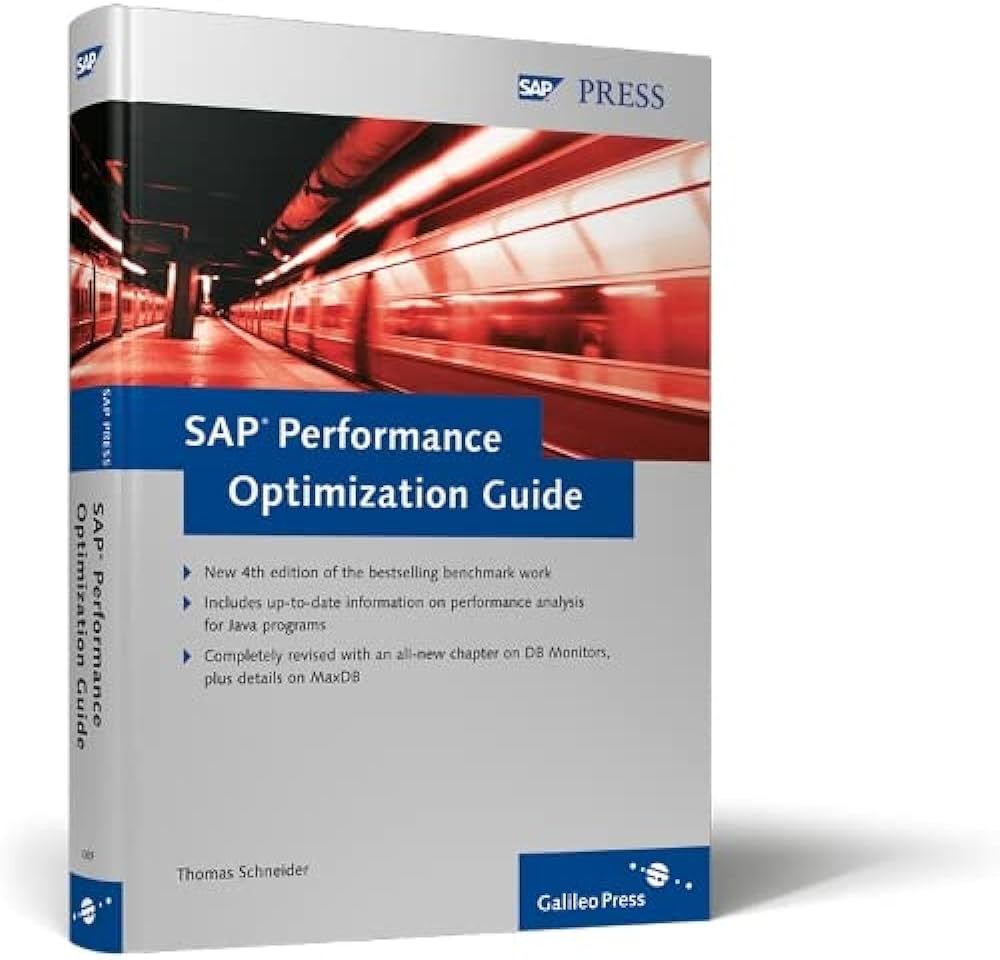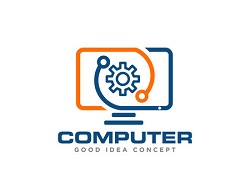Introduction
Software performance optimization is a crucial aspect of developing high-quality applications. In today’s fast-paced digital world, users expect software to be fast, responsive, and efficient. Whether you are a software developer, engineer, or a tech enthusiast, understanding how to optimize software performance is essential to deliver a seamless user experience.
In this comprehensive guide, we will explore various techniques, strategies, and best practices to optimize software performance. From identifying performance bottlenecks to implementing efficient algorithms, this guide will provide you with the knowledge and tools necessary to enhance the speed and efficiency of your software applications.
1. Understanding the Importance of Software Performance Optimization
Software performance optimization plays a crucial role in ensuring that applications run smoothly, efficiently, and meet user expectations. It involves identifying and resolving performance bottlenecks to enhance the overall user experience.
2. Profiling and Benchmarking
Profiling and benchmarking are essential steps in optimizing software performance. Profiling helps identify areas of code that consume excessive resources, while benchmarking compares the performance of different implementations or configurations.
2.1 Profiling Techniques
There are various profiling techniques available, such as:
- Execution profiling: Measures the time spent executing each function or method.
- Memory profiling: Identifies memory leaks and excessive memory usage.
- Thread profiling: Analyzes thread behavior and identifies bottlenecks.
2.2 Benchmarking Tools
Several benchmarking tools can help measure software performance, including:
- Apache JMeter: A popular tool for load testing and performance measurement.
- Google PageSpeed Insights: Evaluates web page performance and provides optimization suggestions.
- Visual Studio Profiler: A powerful tool for profiling and analyzing .NET applications.
3. Identifying Performance Bottlenecks
Identifying performance bottlenecks is crucial for effective optimization. Common bottlenecks include:
- CPU-bound operations: Excessive computational tasks that consume CPU resources.
- Memory leaks: Unreleased memory that accumulates over time, leading to performance degradation.
- Network latency: Slow network connections that impact application responsiveness.
- Database queries: Inefficient database queries that result in slow data retrieval.
4. Strategies for Optimizing Software Performance
4.1 Code Optimization

Code optimization involves improving the efficiency of the software’s source code. Some techniques include:
- Algorithmic improvements: Enhancing algorithms to reduce time complexity.
Summary
Optimizing software performance involves a systematic approach to identify and resolve performance bottlenecks. This guide will cover a wide range of topics, including:
- Understanding the importance of software performance optimization
- Identifying common performance bottlenecks
- Profiling and benchmarking techniques
- Optimizing algorithms and data structures
- Memory management and resource utilization
- Concurrency and parallelism
- Optimizing I/O operations
- Performance testing and monitoring
By following the techniques and best practices outlined in this guide, you will be able to optimize a knockout post the performance of your software applications, resulting in faster execution times, reduced resource consumption, and improved user satisfaction.
- Q: What is software performance optimization?
- A: Software performance optimization refers to the process of improving the speed, efficiency, and overall performance of a software application.
- Q: Why is software performance optimization important?
- A: Optimizing software performance ensures that applications run smoothly, respond quickly to user interactions, and make efficient use of system resources.
- Q: What are some common techniques for optimizing software performance?
- A: Some common techniques include code profiling, algorithm optimization, memory management, caching, parallel processing, and hardware acceleration.
- Q: How can code profiling help in software performance optimization?
- A: Code profiling helps identify performance bottlenecks by analyzing the execution time of different parts of the code, allowing developers to focus on optimizing the critical sections.
- Q: What is algorithm optimization?
- A: Algorithm optimization involves improving the efficiency of algorithms used in the software by reducing their time complexity or improving their space complexity.
- Q: How does memory management impact software performance?
- A: Efficient memory management techniques, such as minimizing memory leaks and optimizing data structures, can significantly improve software performance by reducing memory usage and improving memory access times.
- Q: What is caching in the context of software performance optimization?
- A: Caching involves storing frequently accessed data in a faster storage medium, such as memory, to reduce the time required to retrieve the data from slower storage, such as disk or network.
- Q: How can parallel processing enhance software performance?
- A: Parallel processing involves dividing a task into smaller sub-tasks that can be executed simultaneously on multiple processors or cores, resulting in faster execution and improved performance.
- Q: What is hardware acceleration?
- A: Hardware acceleration involves offloading computationally intensive tasks to specialized hardware components, such as graphics processing units (GPUs) or field-programmable gate arrays (FPGAs), to achieve faster and more efficient execution.

Welcome to my website! My name is Cameron Venning, and I am a passionate and dedicated professional software engineer with a strong focus on laptop maintenance, device troubleshooting, hardware solutions, and software optimization. With years of experience in the field, I have honed my skills and expertise to provide you with the best solutions for all your laptop and device-related needs.

